Principles for Cultivating Rhetorics and Research Studies within Communities
The rapid rise of video-based communication in recent years has brought open captions to the forefront, as shown in the following screenshot from an online video featuring Deaf sound artist Christine Sun Kim (Fig. 1). The heightened visibility of these captions contrasts with the inaccessibility of many uncaptioned or inadequately captioned videos that still exist online, in movie theaters, and in other contexts.
Before developing strategies for improving communication and accessible technologies, however, scholars should identify the needs and preferences of those who are among the target audiences for these technologies. In my case, I am a Deaf1 academic who studies captions—but I cannot claim to represent the views of all caption users. When conducting qualitative research studies with members of a community, it is essential to utilize approaches that honor and incorporate multiple voices.
To supplement scholarship on access and captions with the perspectives of caption users, I conducted three focus groups with twenty d/Deaf and hard-of-hearing college students and a moderator. My study aimed to understand these individuals’ opinions about the current state of captions in various media and contexts,2 and they strongly articulated their desire for improving captions. While I analyze these participants’ statements in other publications (“Perspectives”; “Visual Experience”), this article recounts how my research approach accentuated the expertise of members of the d/Deaf and hard-of-hearing community and their collective desire for improved access. I share my principles here as a contribution to methodologies and methods in rhetoric and related fields so that researchers continually encompass the expertise of participants with a range of communication practices in our studies.
The three principles that follow are built on the underlying premise that the design of access technologies needs to include users of these technologies (Yergeau et al.). My study centered on d/Deaf and hard-of-hearing individuals who use captions to “participate culturally and civically” in media-driven society (Ellcessor), particularly their advocacy for improving access to captioned media and their individual and shared expertise as regular caption viewers. As an example of their shared experiences and different preferences, d/Deaf and hard-of-hearing participants in my study connected vigorously over the (often frustrating) experience of watching movies in theaters while also possessing different opinions about that common aspect of their lives. The variations within a shared cultural experience underscore the importance of research approaches that cultivate the wide range of communication practices and preferences of diverse participants within a community or social group.
The cultivation of intracultural variations can inform methodologies that work closely with participants. Price and Kerschbaum note that the meaning of “disability studies methodology” continually changes and is challenged as society and perceptions of disability evolve (26); they determine that disability studies researchers “have understood … that taking back our methodologies is a means of fighting back” against methodologies that may oppress disabled peoples (23). For instance, constructing a study with d/Deaf and hard-of-hearing individuals can reflect the values of the individuals within the community. Empowerment is likewise a theme in Jones’ argument for a social justice approach to technical communication; Jones presents possible approaches for technical communicators to implement, including participatory action research and community-based research in which participants collaborate with researchers in improving an aspect of society for the community.3 While such research approaches work to empower all individuals involved in a research study, the principles that I share in the following sections respond to the diversity that exists within a group. These principles can shape our research practices as we support the preferences of the distinct members of the communities in which we study.
Structure physical space to support interactions within social groups
The first principle begins with the physical design of research studies since, as in many group settings, we should structure physical space so that exchanges of knowledge can occur (Price, in Yergeau et al.). Certain layouts may privilege specific forms of communication or bodies, and spaces should be developed to facilitate individuals’ access to communication and interactions with others.
To support d/Deaf and hard-of-hearing participants’ visual access to each other’s signs, I could not apply research practices that took for granted the production of knowledge through lively spoken discussions. Signers need to maintain visual contact in order to converse, and this need leads members of Deaf culture to value eye gaze and connections between bodies (Bahan). When structuring my research setting, I incorporated the principles of Deaf Space, which designs physical spaces so that those within the space can visually engage with each other (Bauman). U-shaped lecture rooms are a pedagogical application of Deaf Space, as shown in Figure 2. For each focus group, I arranged all seats around a table and placed multiple video cameras on the table and behind participants so that each video camera framed participants from the waist up and captured their signs and facial expressions. Maintaining continual connection with each other person in the room supported our real-time discussions and my later transcription and analysis. The connective design of space can be a Deaf Gain (Bauman and Murray), a benefit acquired from d/Deaf experiences, for research studies that maximize forms of communication taking place beyond spoken English.
The creation of accessible research space is found in the work of Price and Kerschbaum, whose collaborative methodology established access for their participants and themselves when interviewing disabled participants. Rather than portraying disability as something that “must be accommodated or compensated for,” they assumed the importance of disability in their interviews and challenged the normative structure of interview spaces (20). When I structured my focus groups, I was not “retrofitting previous interview methodologies” (Price and Kerschbaum 21), such as microphones, to make audio-centric technologies work for this project; rather, the spatial design embodied d/Deaf and hard-of-hearing experiences.
Designing a space for other modes of communication can inform research studies in which scholars plan for interactions with participants. Incorporated in this principle is the expectation that we will not be able to plan for all possible communication preferences, and that breakdowns in communication might still occur. To forestall potential barriers, I asked participants about their communication preferences via email and at the beginning of each focus group session. By being prepared to resolve potential barriers, researchers show members that we are willing to work with and learn from them.
While the principle of connective physical design might apply more directly to group studies and interviews, research designs in general can consider the physical and digital spaces in which members may feel valued. By not assuming that all participants see, hear, or communicate in a particular way, we show respect for the experiences of individuals and communities.
Recognize the expertise of individuals and their communities
Through the second principle, researchers recognize the expertise of participants and of the community on the topic of study. This principle reflects the assertion of educational researcher Tillman, who argues for culturally informed and specific research, theory, and practice that captures the experiences of African Americans. Through a culturally sensitive perspective, “the individual and collective knowledge of African Americans is placed at the center of the inquiry” and “the varied aspects of their culture and their varied historical and contemporary experiences are acknowledged” (3). By building on individuals’ shared and distinct experiences, researchers can develop theories and practices that “address the culturally specific circumstances of the lives of African Americans” (6). A culturally sensitive approach endeavors to address and improve the circumstances of participants’ communities.4
In alignment with Tillman, I framed the participants in my focus groups as knowledgeable on the topic of captions and as members of a community that is the primary audience for a significant percentage of captions. For instance, participants passionately discussed their struggles with movie theater captioning devices. To illustrate frustrations with movie theater captions for readers of this piece, Figure 3 shows a tweet from Deaf celebrity advocate Nyle DiMarco; he posted an image of a movie theater captioning device and wrote, “RT if you prefer open captioning instead of this,” indicating his criticism of seat display units that can block the movie screen and his preference for open captions that appear directly on the movie screen. The cultural specificity of this shared experience likewise created energetic discussions in my focus groups as the participants built on their experiences viewing captions in numerous situations to constructively critique captioned media and contexts.
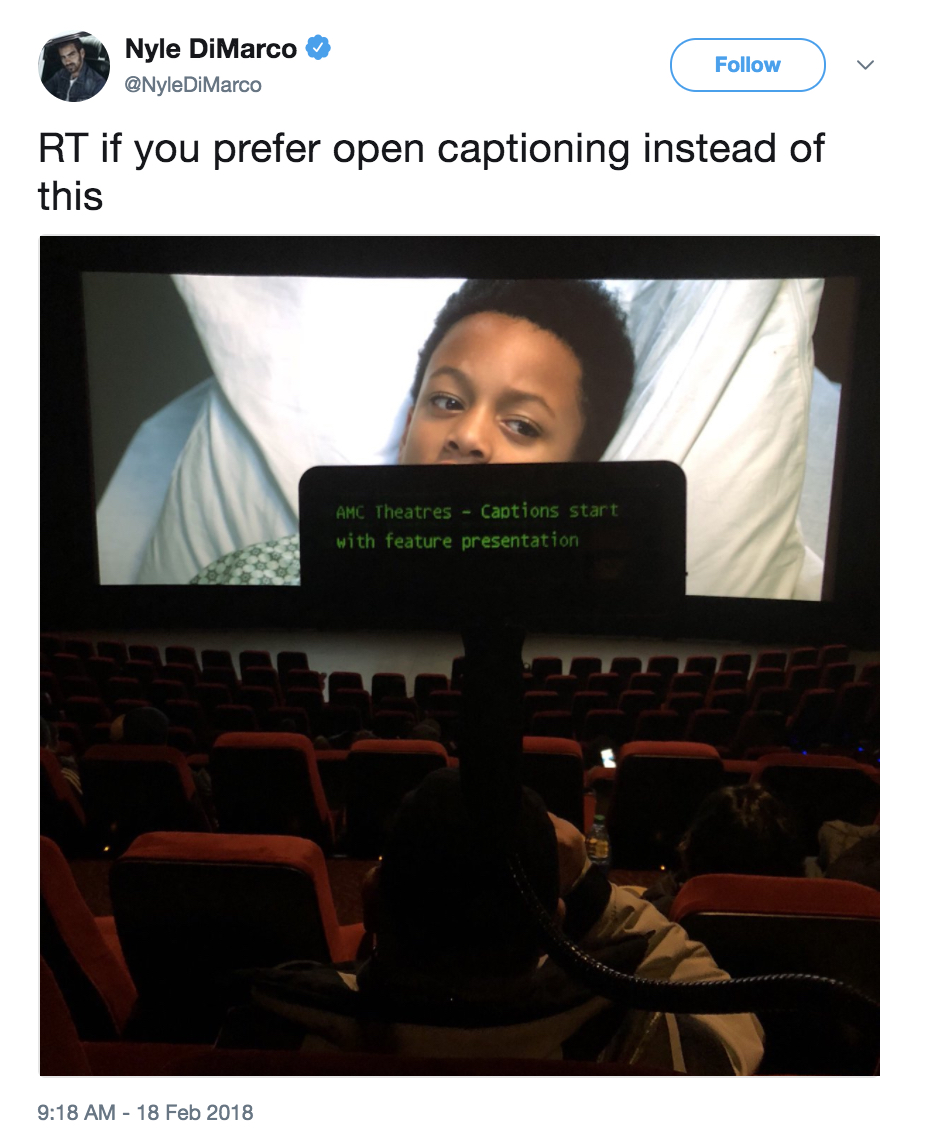
As a researcher, I had not planned to discuss movie theater captions in depth; yet, participants eagerly discussed movie theater captions and their fervor informed my analysis of the significance of movie theater captions for the community. Through acknowledging their extensive experiences with movie theater captioning devices, I enacted a cultural rhetorics methodology, which “recognizes and honors the cultural specificity of all rhetorical practices/productions” (Bratta and Powell). Scholars who practice cultural rhetorics “build meaningful theoretical frames from inside [the particular culture of study]” in lieu of applying frames from another culture (Bratta and Powell). By working from within the d/Deaf and hard-of-hearing community, I could clarify important accessibility concerns. Their knowledge informed my research findings, and this approach is essential in research studies that work to improve the experiences of a community.
When scholars build research approaches from within a group, we accentuate the expertise of these members. Members’ expertise may, after all, be the result of communicative or other needs. The communicative needs of d/Deaf individuals lead us to use captions—and an audio-centric frame might establish our need for captions as a limitation.5 In contrast, research that works within this community recognizes that using captions cultivates d/Deaf and hard-of-hearing people’s expertise on the matter—and that knowledge can contribute to improved access in society.
Translate and transliterate participants’ rhetorics authentically
The expertise of members comes forth through conscious translation/transliteration of participants’ statements, which becomes the third principle. With English as the primary language in rhetoric studies, transcribing group conversations that took place in another language (and in a visual-spatial modality) becomes a rhetorical process of reproducing messages authentically. When researchers include languages and modes in addition to spoken English, we unmask a heterogeneity of expressions—but we cannot make inaccurate choices in translation that would fail to faithfully represent participants’ messages. While viewing the video recordings, I made choices in how to transcribe the statements of twenty-two people, including the moderator and myself, with different signing approaches and identities. I had to authentically encode each individual’s three-dimensional statements into written English for dissemination in English-language publications.
I relied on my cultural knowledge as an academic and a native signer, which was essential because the group discussions were multilingual conversations. Some individuals signed in American Sign Language (ASL), which is a distinct language with its own grammar and syntax, and I translated their sentences to English.6 Some signed following the grammatical structure of English, and I transliterated their signs. Others signed in a blend of English and ASL and I determined how best to distill their message into print. The process of being authentic to each person’s message is an ethical basis for an approach that honors the expertise of diverse community members.
Throughout the translation/transliteration process, I made choices in how to convey signs that participants used when they did not articulate a corresponding English word. As an example, when discussing movie theaters, the members of each group used the same sign to describe the display units that users can place in movie theater seat cup holders, as shown in Figure 4. Several of the focus group members used the same sign to describe the display unit gradually falling over on its own, as it (too often) may during a movie and as shown in Figure 5. These signs are part of the cultural experience of those who (attempt to) access media through captions, but when I started to transcribe these conversations, I realized that I had not mentally ascribed an English word to their signs during the group discussions. I tried to decide which English term best captured our signs and, after deliberation, I determined that the term “display unit” would adequately distinguish the technology from the “movie screen” and other “devices.”
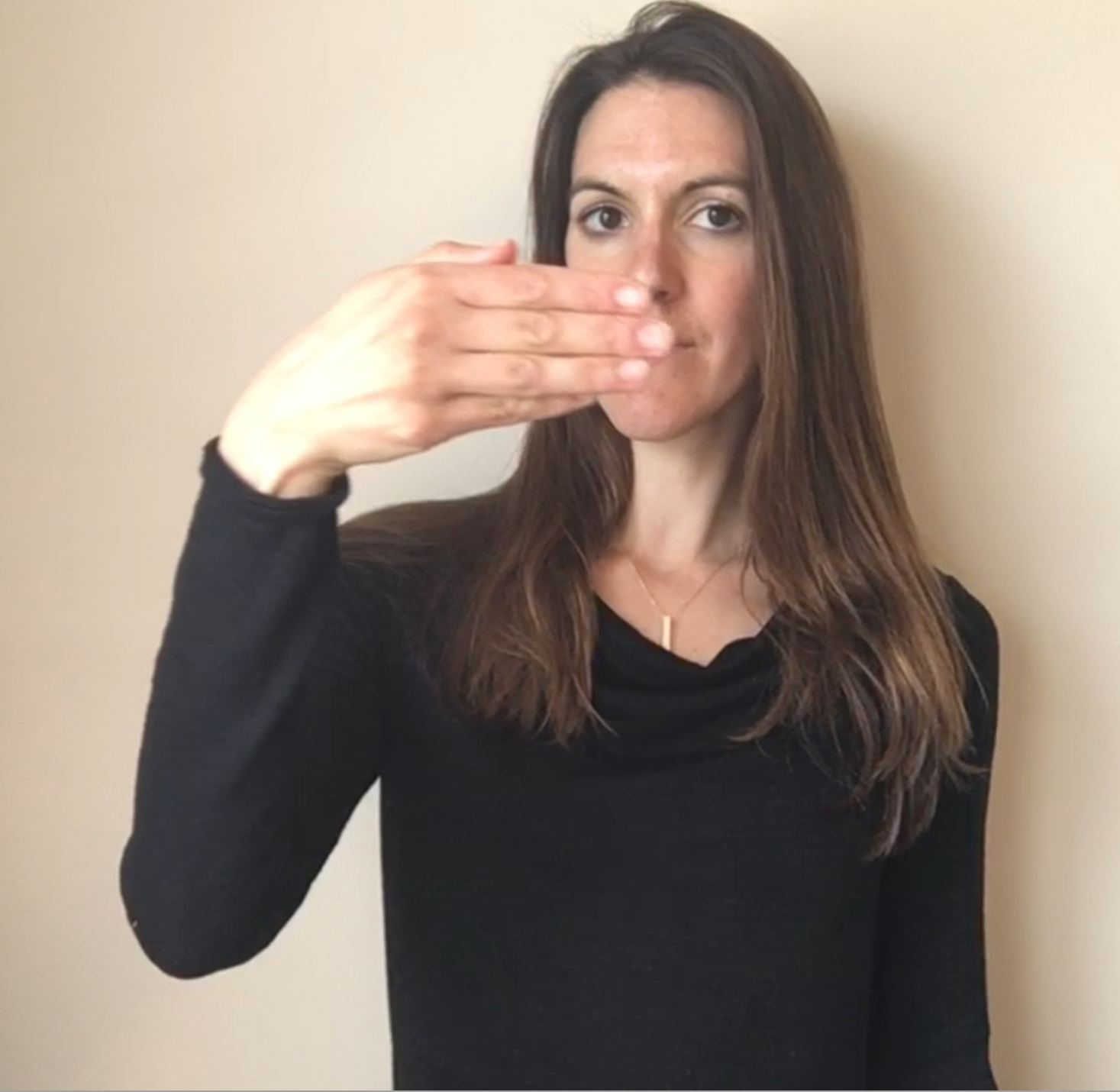
Fig. 4: Author showing description for unit in cupholder 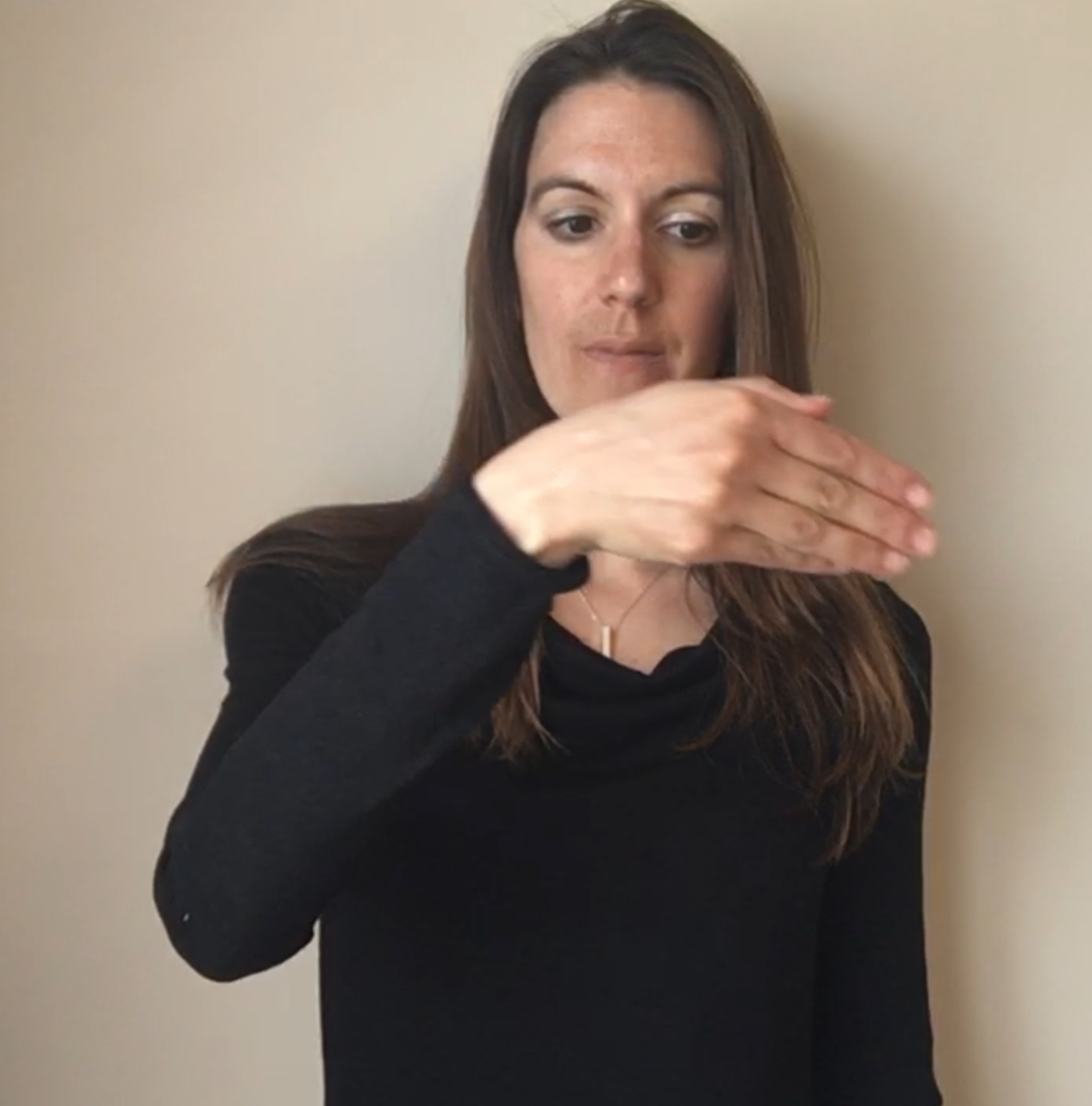
Fig. 5: Author showing display unit falling over
Making choices as how to translate/transliterate multilingual conversations is a crucial element of cultural analysis that remains true to participants’ messages through new media technologies. When describing how she used video coding software to analyze her focus group footage of English-as-a-first-language students and English-as-a-second-language students, Gonzales writes that visualization tools enable us to understand “a wide range of communicative practices beyond static, alphabetic discourses.” Through my video collection, I was able to monitor how participants used signs and gestures to describe their eye gaze of looking at the screen and at captions. Participants’ embodiments materialize in the transcript.
Making translation/transliteration choices is a continual process for scholars who conduct interviews and other studies through multiple languages. When writing up her interviews with d/Deaf subjects, disability studies scholar Brueggemann observes that she chose to “interpret, transliterate, and then quote what was ‘said’ into its approximate English equivalent, as well as I could” (48). Price and Kerschbaum describe Brueggemann’s decision as an “important linguistic and methodological choice” (24). Correspondingly, researchers who work within a culture are responsible for transmitting the messages and expertise of participants.
Just as d/Deaf and hard-of-hearing individuals are aware of the many facets of accessing media through captions, individuals who belong to different social groups possess varied and deep insight on critical topics. Research methodologies in rhetoric studies and related fields can cultivate the diversity that exists within groups, participants’ knowledge, and the multiple modes of communication through which meaning may be transmitted. These principles are invaluable when considering the coexistence of intracultural, intercultural, and multimodal communication in digital spaces. When engaging with other online users, people may express educated opinions, advocate for communal needs, and learn from unfamiliar situations. By consolidating the distinctive nature of each individual in our studies, we scholars can extend their calls for improvements across different platforms.
End Notes
1. The capitalized term “Deaf” refers to individuals who identify as members of Deaf culture and who use American Sign Language. The lowercase term “deaf” refers to the audiological state of being deaf. The combined term “d/Deaf” is used in Deaf Studies to refer to culturally Deaf individuals and deaf individuals who might not identify as members of Deaf culture. The combined term “d/Deaf and hard-of-hearing” in this article reflects participants’ various identities and their d/Deaf and hard-of-hearing community. return
2. This study was approved by my university’s Institutional Review Board (FWA# 00000731). return
3. Ellingson likewise suggests in her work on embodiment in qualitative research that researchers and individuals can bridge multiple communities in order “to promote positive social change” (195). return
4. The principles discussed here honor the expertise of community members, and this approach is distinct from participatory action research and other methodological practices. As elucidated by Jones, participatory approaches to research (which include participatory action research and community-based research) “encourage full collaboration among researchers and participants in the design of research studies, scholarly inquiry, and pedagogy” (354). Participants were not involved in the design of my study, but the inclusive design of my study supported their contribution to knowledge on the state of captions. return
5. Similarly to how some view deafness as a deficiency, Tillman observes that some researchers have tended to “study people of color from deficit perspectives” (4) and argues that research should attend to researchers’ and participants’ cultural knowledge. return
6. While American Sign Language (ASL) is a naturally evolving language that is independent from English (Nielsen, Luetke, and Stryker 281), other sign systems have been invented that are closer to English. Signing Exact English visually represents English words with signs for English morphemes such as -ing and -ed (Nielsen, Luetke, and Stryker 280–281). Other sign systems combine ASL grammar and English grammar, so some signers use ASL signs in English word order (Nielsen, Luetke, and Stryker 281). return
Works Cited
Bahan, Benjamin. “Senses and Culture: Exploring Sensory Orientations.” Deaf Gain: Raising the Stakes for Human Diversity, edited by H-Dirksen L. Bauman and Joseph M. Murray, U of Minneapolis P, 2015, pp. 233–54.
Bauman, H-Dirksen L., and Joseph M. Murray. “Deaf Gain: An Introduction.” Deaf Gain: Raising the Stakes for Human Diversity, edited by H-Dirksen L. Bauman and Joseph M. Murray, U of Minneapolis P, 2015, pp. xv–xlii.
Bauman, Hansel. “DeafSpace: An Architecture Toward a More Livable and Sustainable World.” Deaf Gain: Raising the Stakes for Human Diversity, edited by H-Dirksen L. Bauman and Joseph M. Murray, U of Minneapolis P, 2015, pp. 375–401.
Bratta, Phil, and Malea Powell. “Introduction to the Special Issue: Entering the Cultural Rhetorics Conversations.” enculturation, no. 21, 2016, enculturation.net/entering-the-cultural-rhetorics-conversations.
Brueggemann, Brenda Jo. Lend Me Your Ear: Rhetorical Constructions of Deafness. Gallaudet UP, 1999.
Butler, Janine. “Perspectives of Deaf and Hard-of-Hearing Viewers of Captions.” American Annals of the Deaf, vol. 163, no. 5, 2019, pp. 534–553.
Butler, Janine. “The Visual Experience of Accessing Captioned Television and Digital Videos.” Television and New Media, published online in 2019, print volume and issue forthcoming.
Ellcessor, Elizabeth. “Captions On, Off, on TV, Online: Accessibility and Search Engine Optimization in Online Closed Captioning.” Television and New Media, vol. 13, no. 4, 2011, pp. 329–52.
Ellingson, Laura. Embodiment in Qualitative Research. Routledge, 2017.
“Exploring the Sound of Silence with Christine Sun Kim | HUMAN.” YouTube, uploaded by Uproxx, 26 Apr. 2016. www.youtube.com/watch?v=6FI5Z_aw3Fc.
Gonzales, Laura. “Multimodality, Translingualism, and Rhetorical Genre Studies.” Composition Forum, vol. 31, 2015, compositionforum.com/issue/31/multimodality.php.
“How Architecture Changes for the Deaf.” YouTube, uploaded by Vox, 2 Mar. 2016, www.youtube.com/watch?v=FNGp1aviGvE.
Jones, Natasha N. “The Technical Communicator as Advocate: Integrating a Social Justice Approach in Technical Communication.” Journal of Technical Writing and Communication, vol. 46, no. 3, 2016, pp. 342–61.
Nielsen, Diane Corcoran, Barbara Luetke, and Deborah S. Stryker. “The Importance of Morphemic Awareness to Reading Achievement and the Potential of Signing Morphemes to Supporting Reading Development.” Journal of Deaf Studies and Deaf Education, vol. 16, no. 3, 2011, pp. 275–88.
@NyleDiMarco. “RT if you prefer open captioning instead of this.” Twitter, 18 Feb. 2018, 9:18 a.m., twitter.com/NyleDiMarco/status/965274225228513280.
Price, Margaret, and Stephanie L. Kerschbaum. “Stories of Methodology: Interviewing Sideways, Crooked and Crip.” Canadian Journal of Disability Studies, vol. 5, no. 3, 2016, pp. 18–56.
Tillman, Linda C. “Culturally Sensitive Research Approaches: An African-American Perspective.” Educational Researcher, vol. 31, no. 9, 2002, pp. 3–12.
Yergeau, Melanie, et al. “Multimodality in Motion: Disability and Kairotic Spaces.” Kairos, vol. 18, no. 1, 2013, kairos.technorhetoric.net/18.1/coverweb/yergeau-et-al/.
Cover Image Credit: Author
Keywords: method, methodology, inclusion, access, social

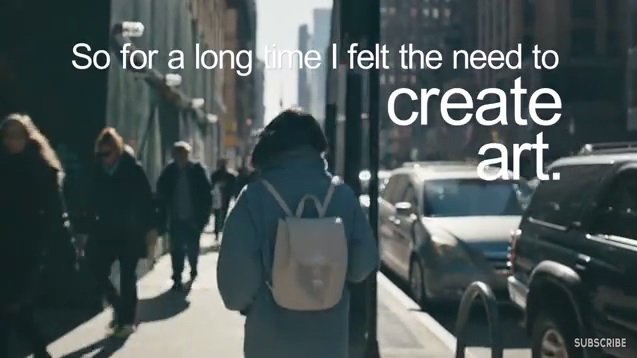
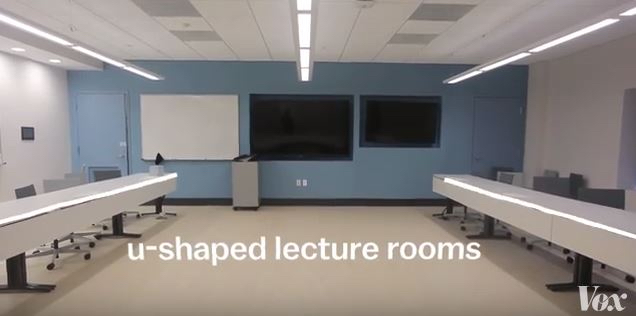
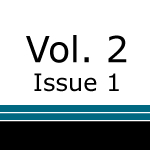
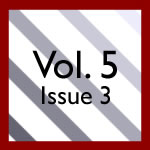
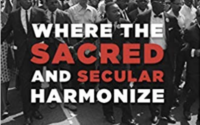
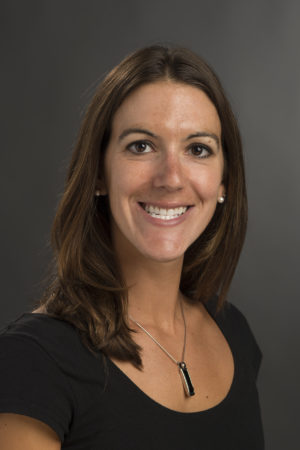 Janine Butler is an Assistant Professor at the Rochester Institute of Technology/National Technical Institute for the Deaf, where she teaches writing courses. Her research and pedagogy center on accessibility, multimodality, and embodiment. Her projects explore strategies for improving access to digital media and compositions, particularly through captions. Her writing has appeared in Kairos, Composition Studies, Rhetoric Review, and Composition Forum.
Janine Butler is an Assistant Professor at the Rochester Institute of Technology/National Technical Institute for the Deaf, where she teaches writing courses. Her research and pedagogy center on accessibility, multimodality, and embodiment. Her projects explore strategies for improving access to digital media and compositions, particularly through captions. Her writing has appeared in Kairos, Composition Studies, Rhetoric Review, and Composition Forum.